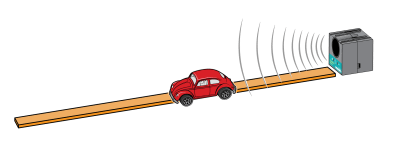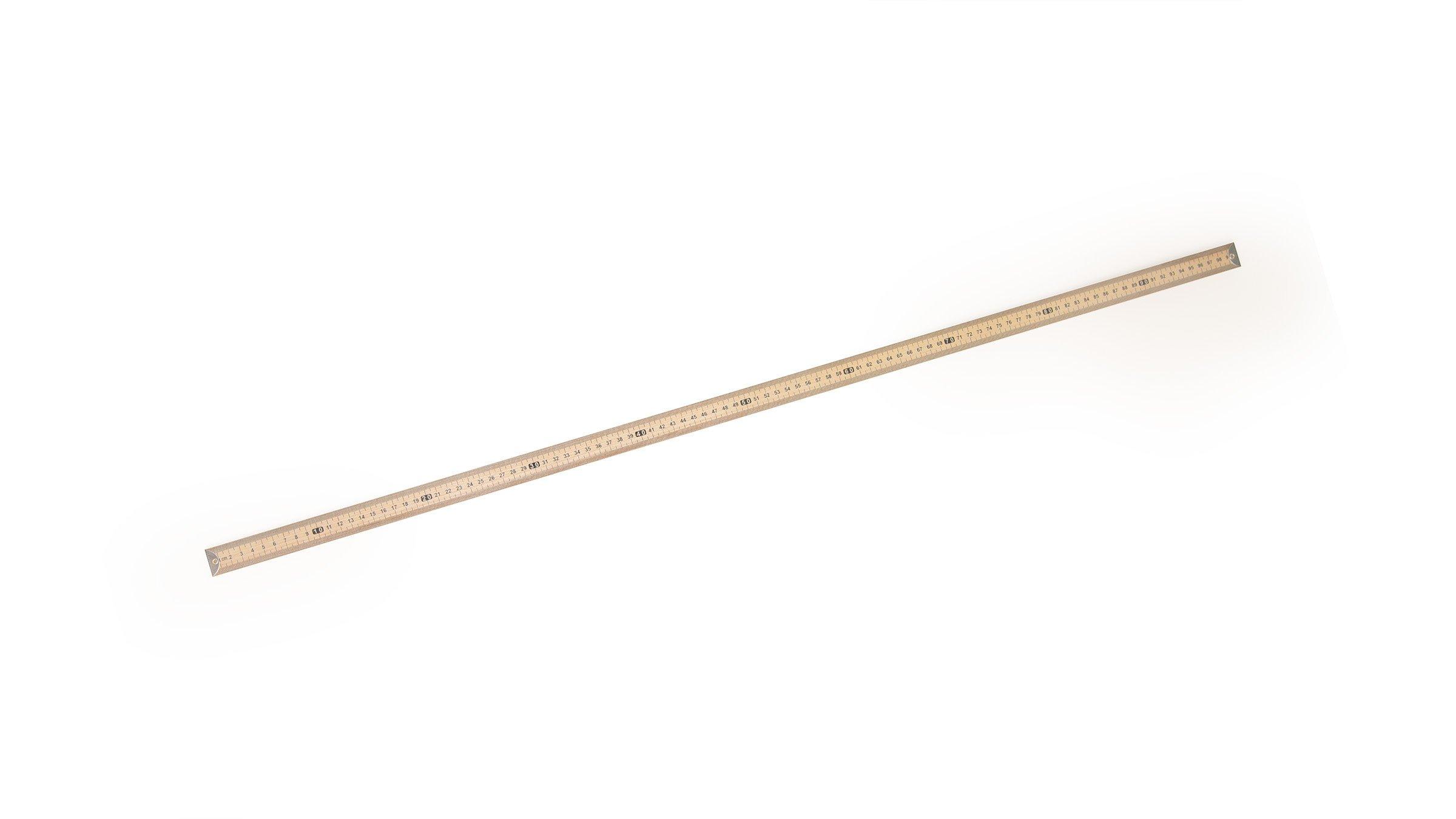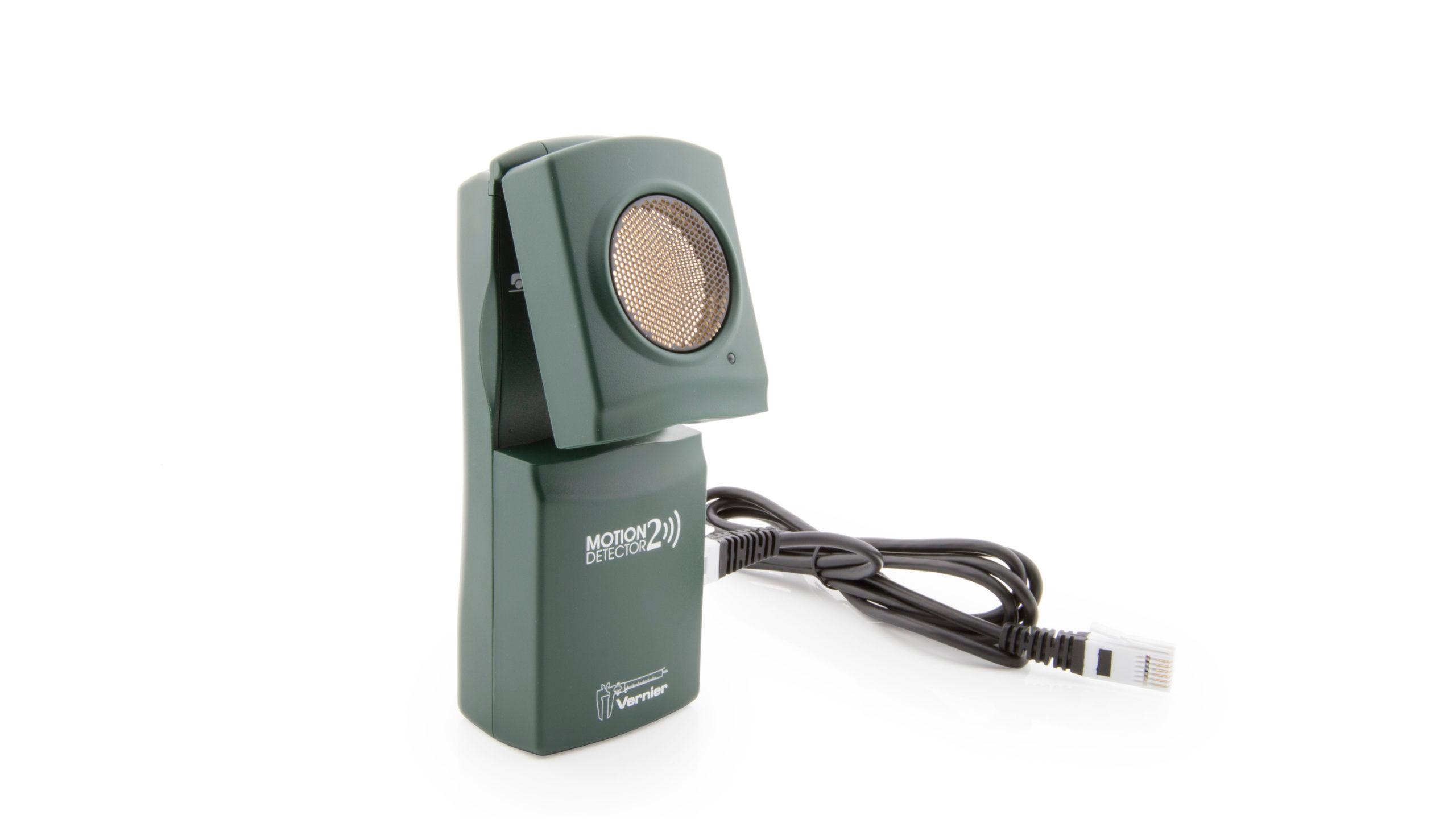Driving with Energy
Experiment #25 from Elementary Science with Vernier
- Education Level
- Elementary School

Introduction
People get energy from the food they eat. Energy also comes in other forms, like the electricity that allows us to turn on lights and heat water. Energy comes from different sources, but did you know that most energy, no matter what it is used for or where it comes from, can be classified as either potential energy or kinetic energy? Let’s take a look at these two types of energy.
Energy waiting to be released is called potential energy. Objects with only potential energy aren’t in motion, but could be soon. Objects in motion have energy called kinetic energy. Energy can change from potential to kinetic and back again. For example, when you are at the top of a roller-coaster ride, the car is barely moving, but it is so high off the ground it has a lot of potential energy. That means it has the potential to gain speed when it goes down the hill. As it descends, potential energy is converted to kinetic energy. At the bottom, when the roller coaster is moving the fastest, the potential energy has been converted into kinetic energy. Kinetic energy is then converted back to potential energy as it climbs back up the hill. When the ride ends and stops moving at the bottom, it contains neither potential nor kinetic energy.
In this activity, a toy car will be pulled back a certain distance, giving it a certain amount of potential energy. The distance your toy car travels will be an indicator of how much kinetic energy it has.
Objectives
In this activity, you will
- Vary the amount of potential energy in a toy car.
- Use Go!Motion to measure the movement of a toy car.
- Define kinetic and potential energy.
Sensors and Equipment
This experiment features the following sensors and equipment. Additional equipment may be required.
Ready to Experiment?
Ask an Expert
Get answers to your questions about how to teach this experiment with our support team.
- Call toll-free: 888-837-6437
- Chat with Us
- Email support@vernier.com
Purchase the Lab Book
This experiment is #25 of Elementary Science with Vernier. The experiment in the book includes student instructions as well as instructor information for set up, helpful hints, and sample graphs and data.





